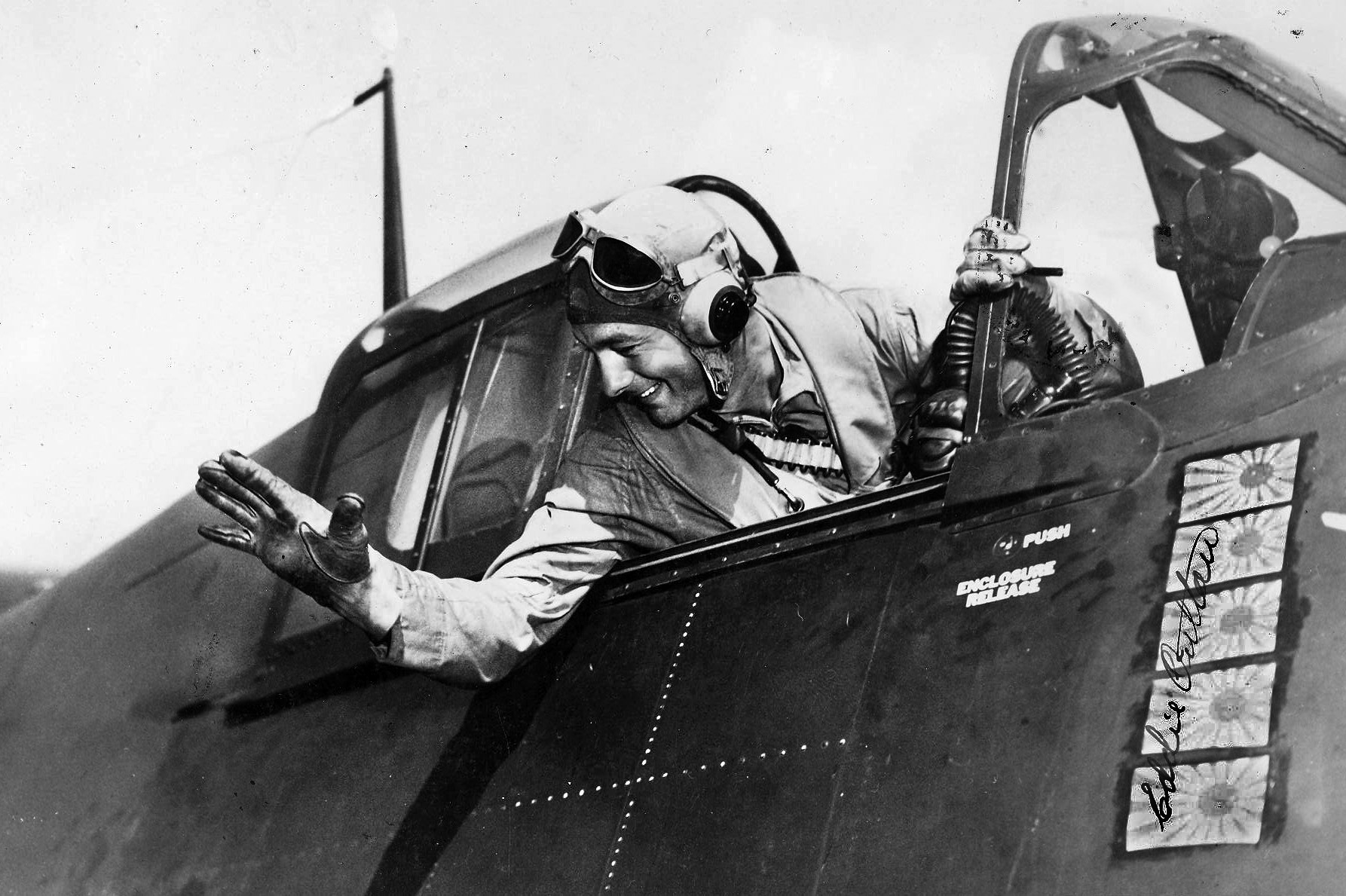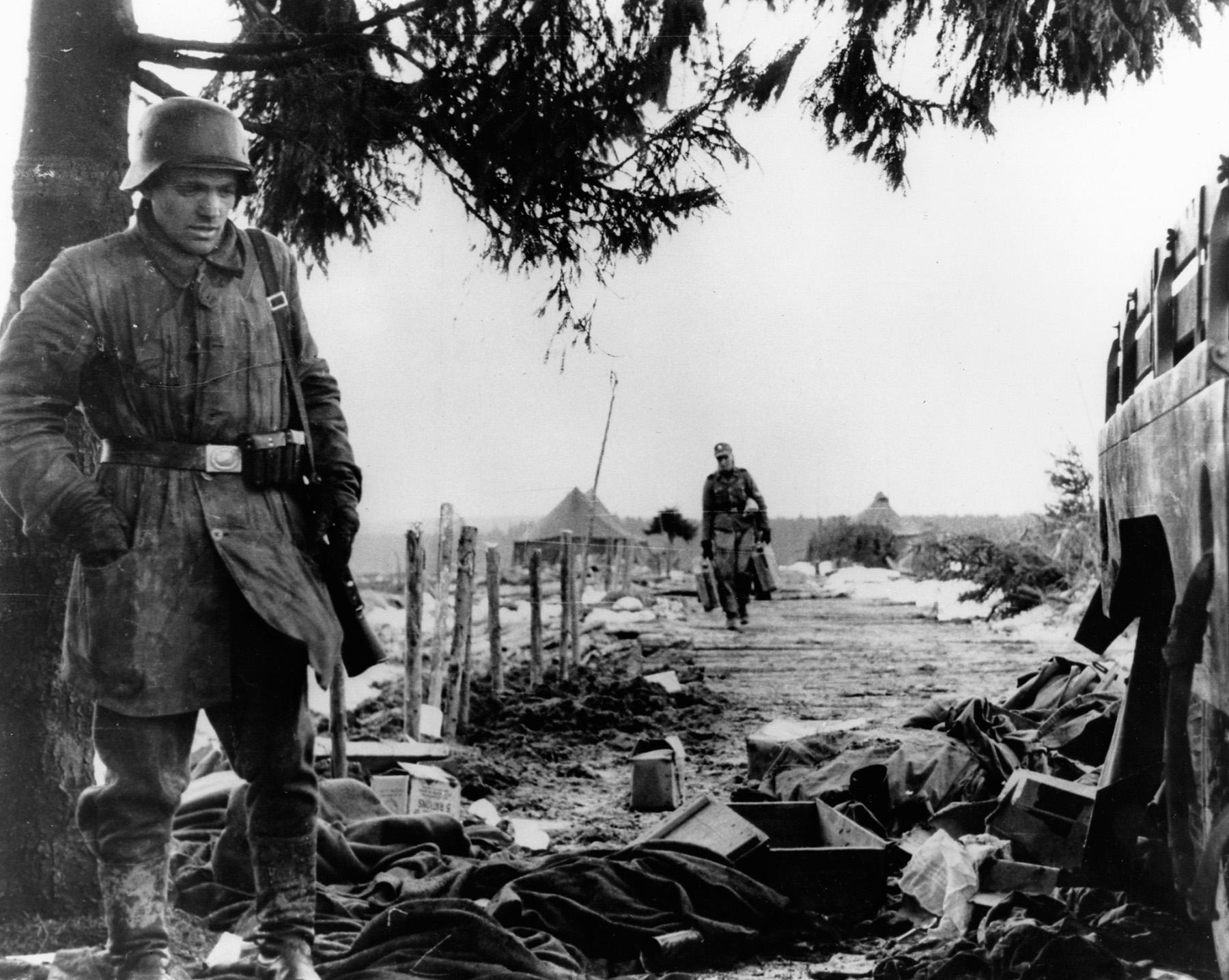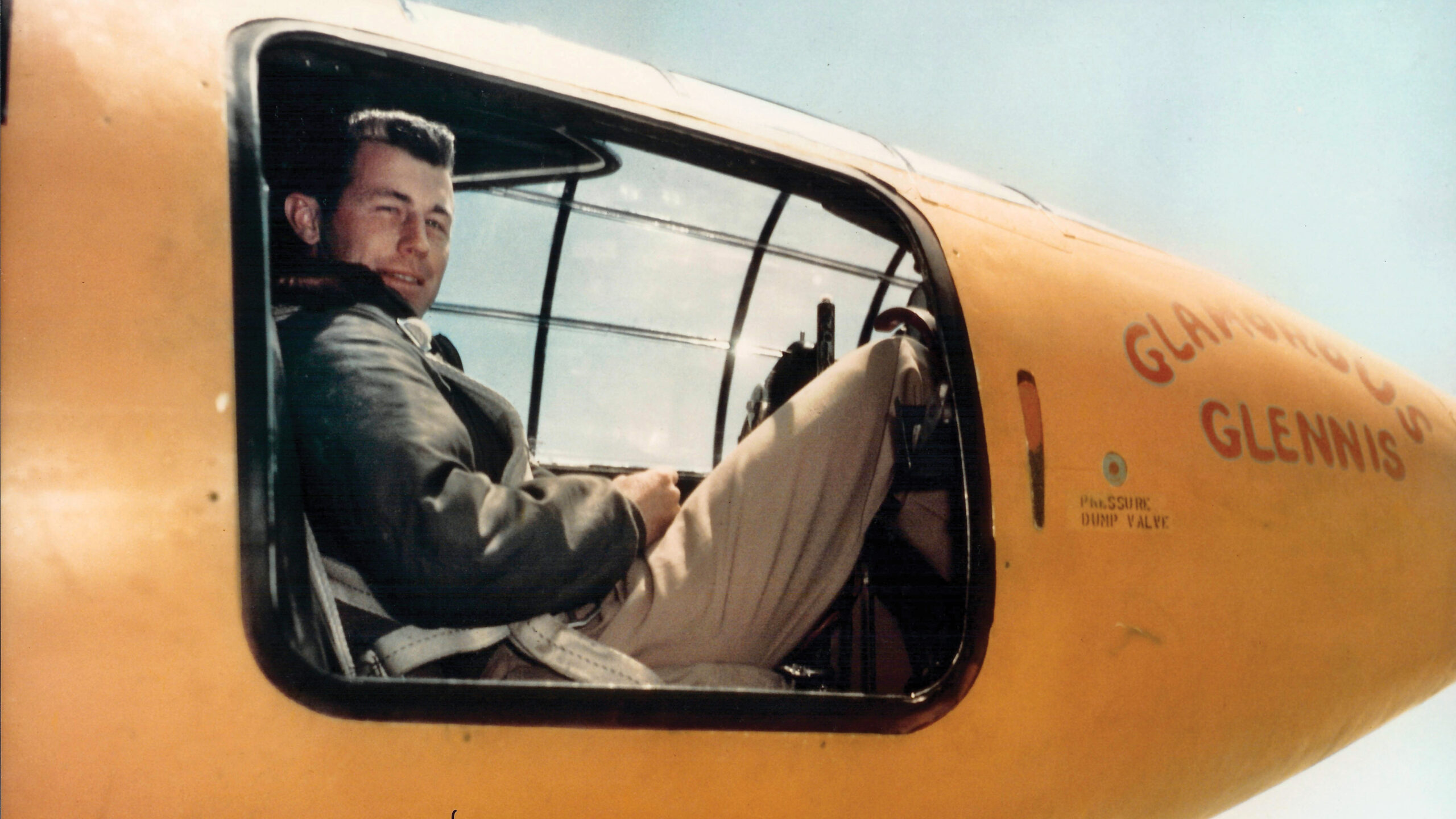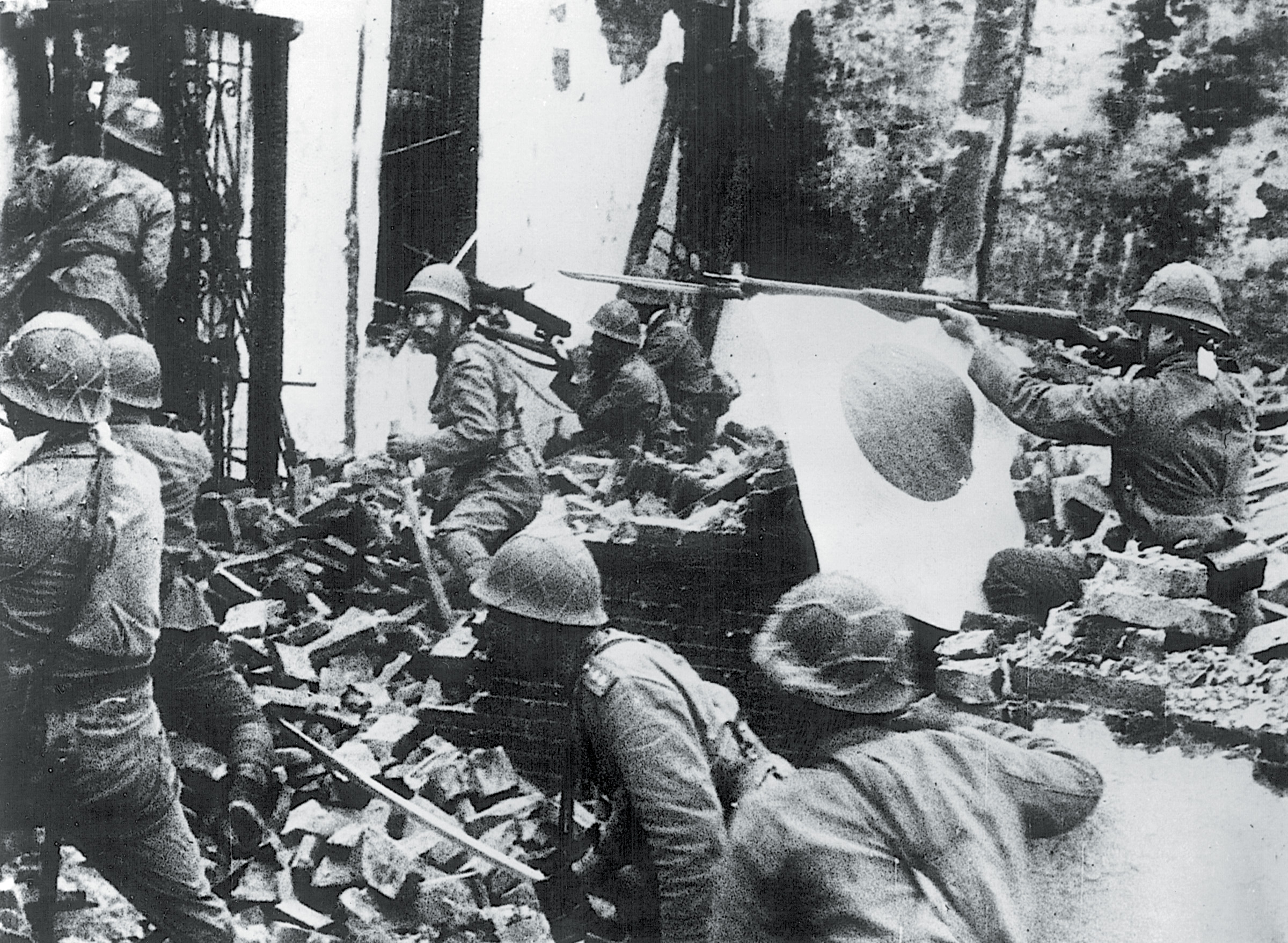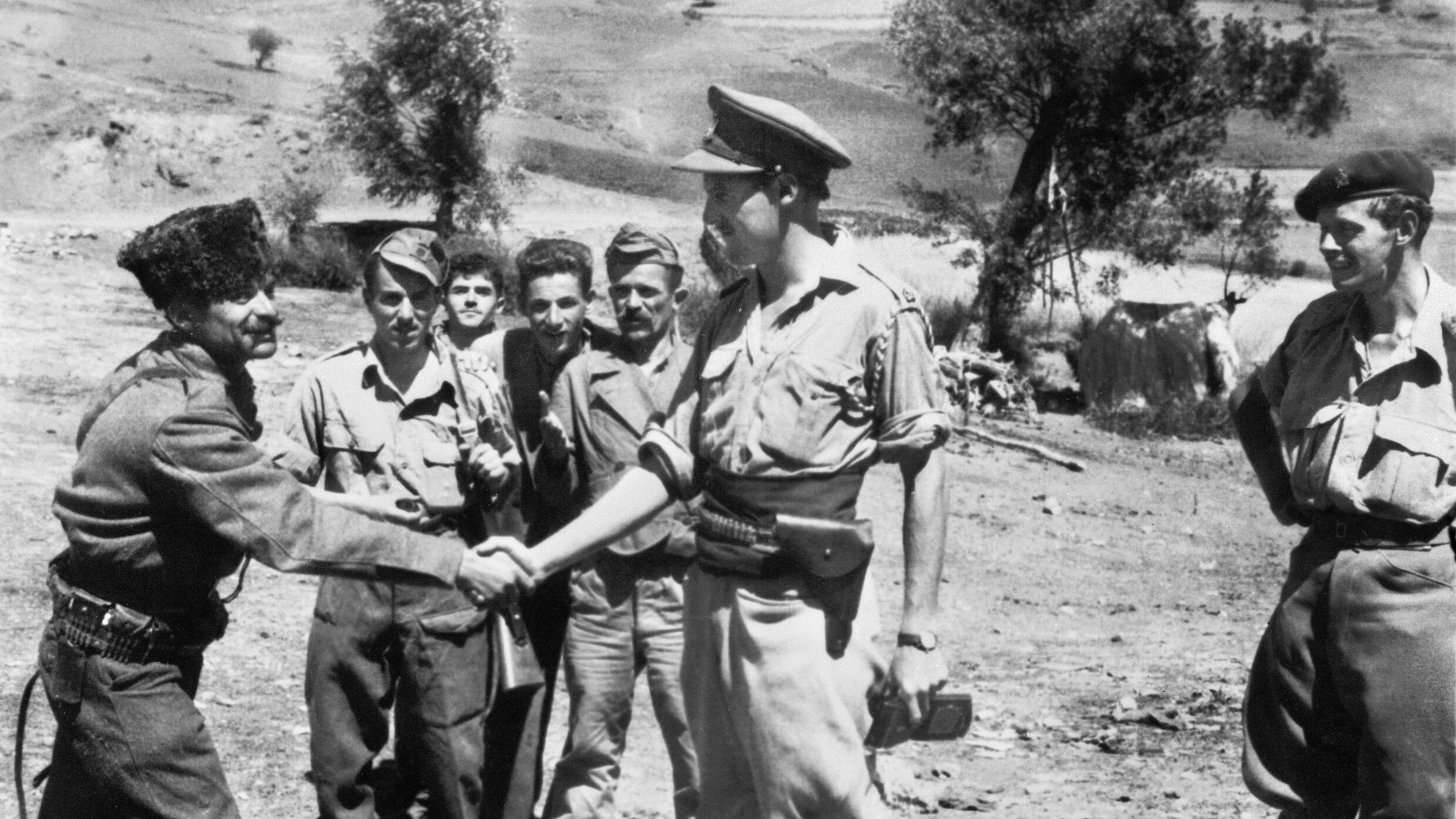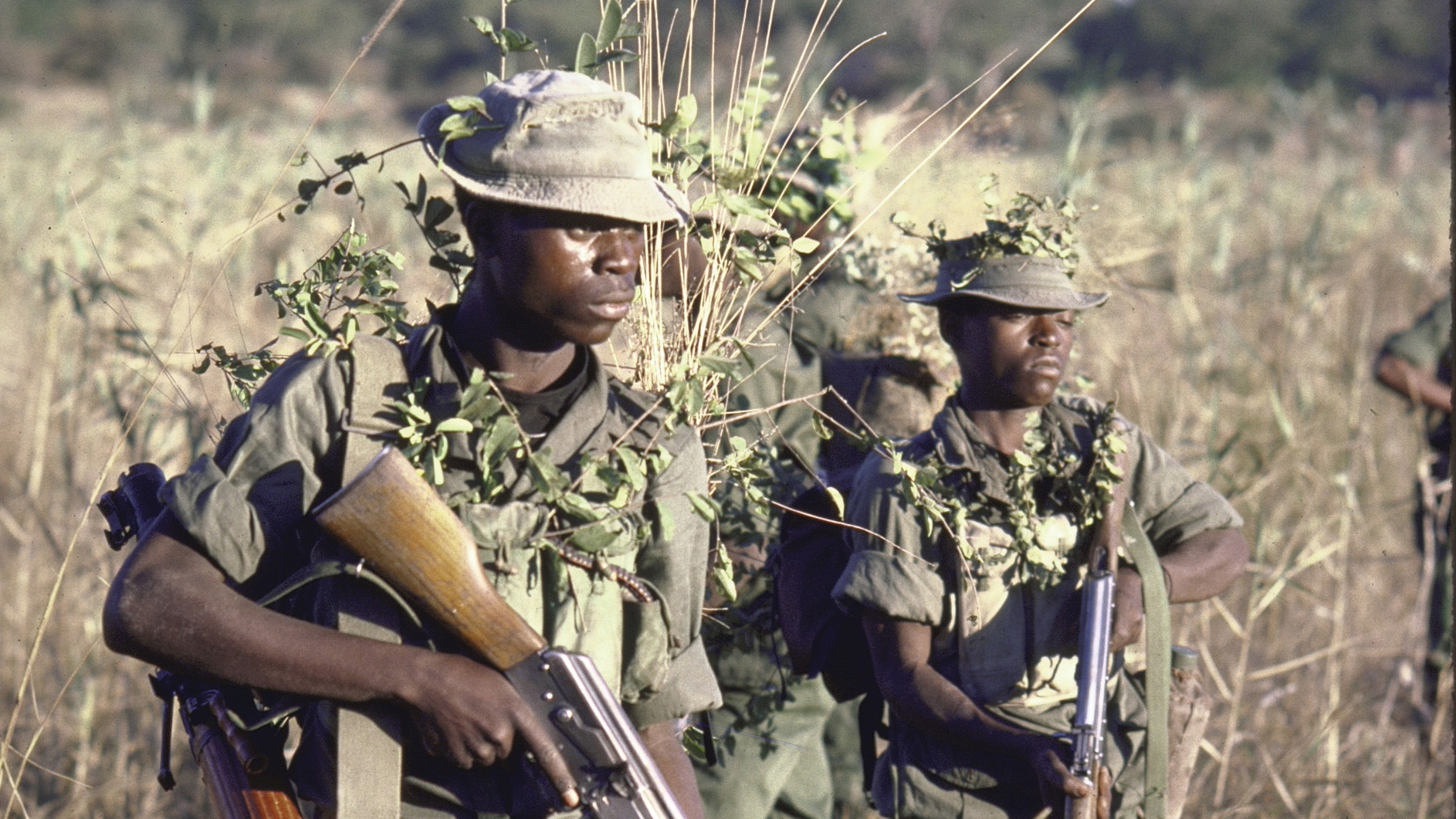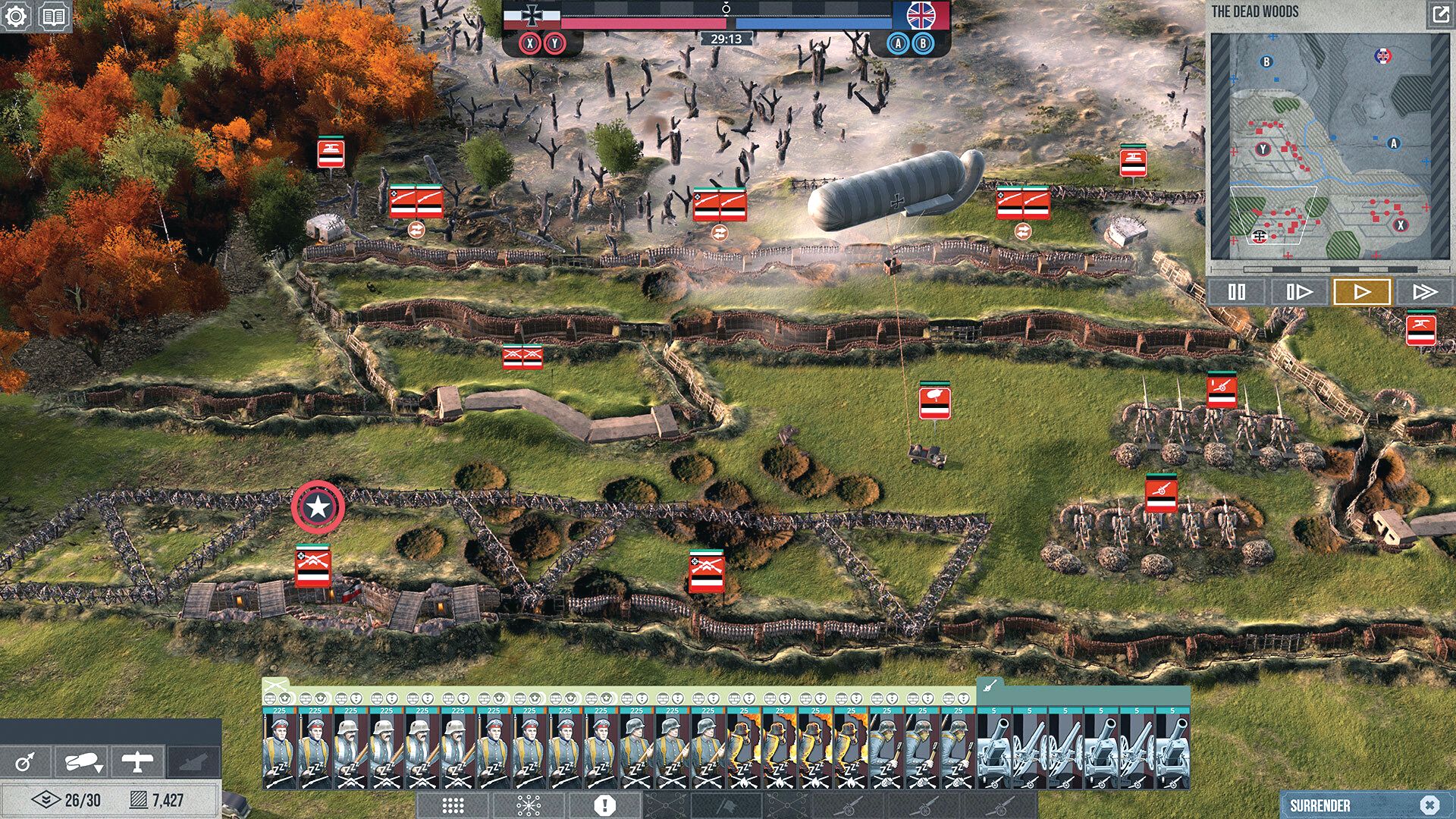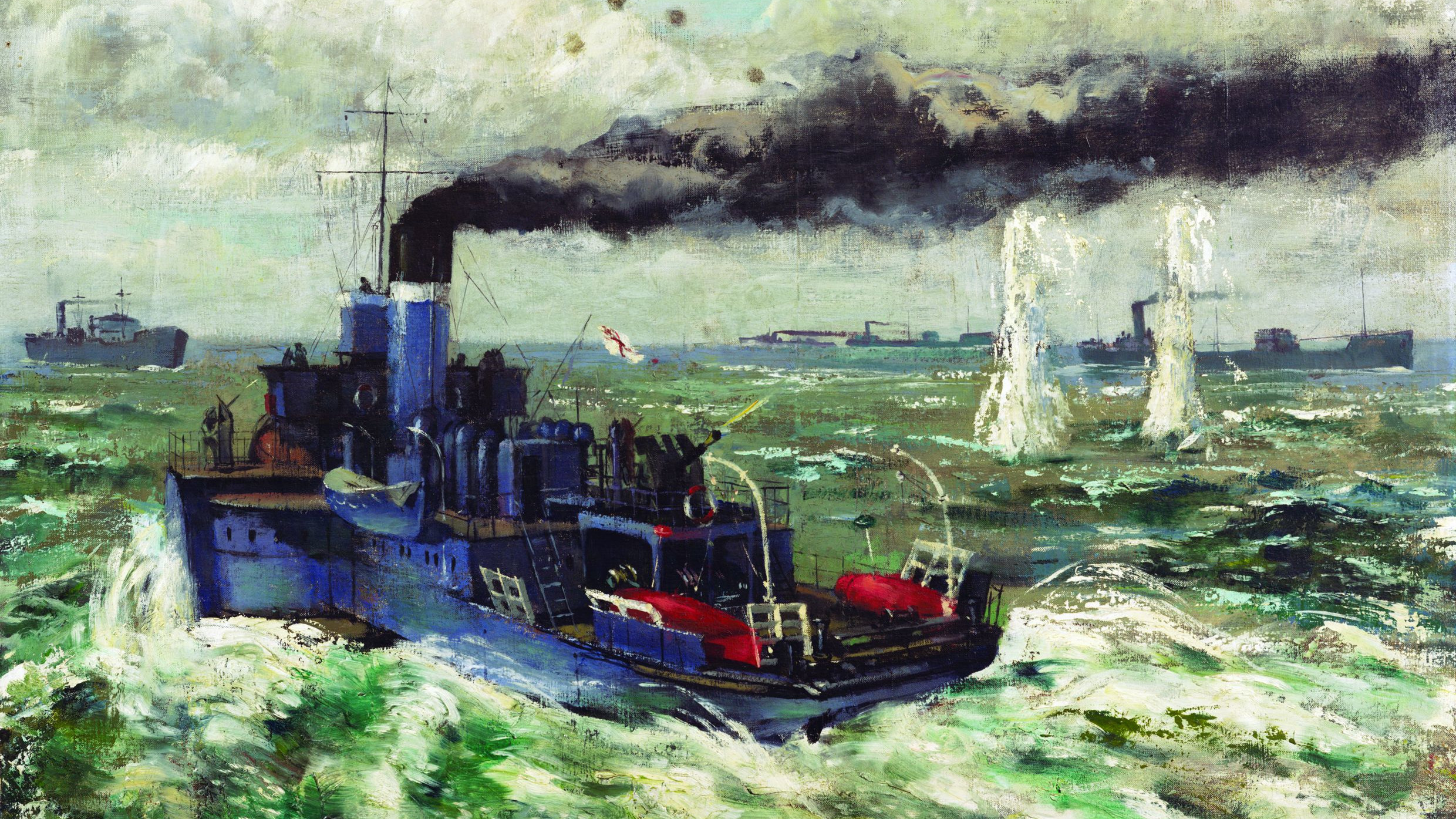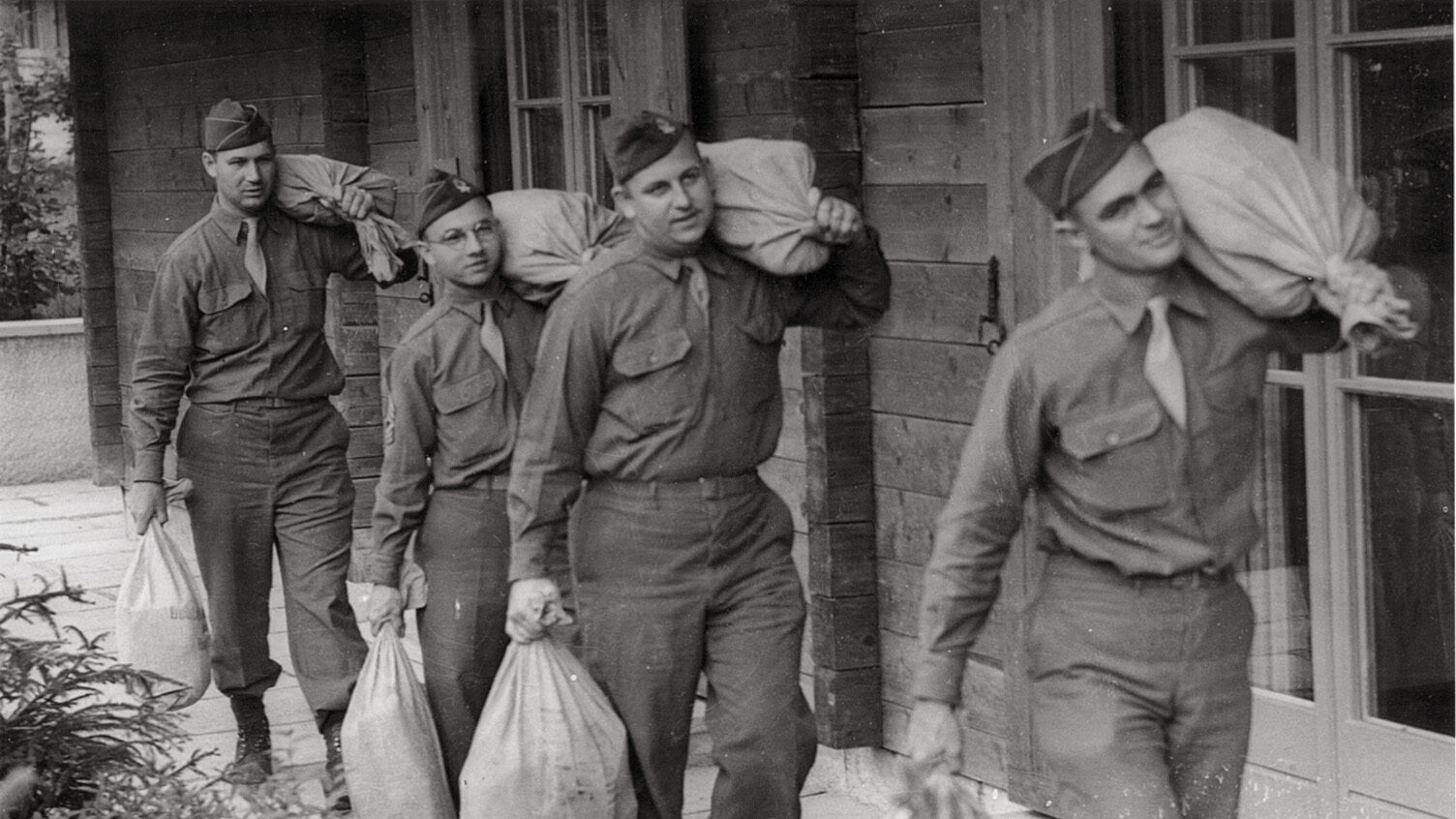Despite the fact that the massive anchorage at Truk Lagoon in the Caroline Islands had become more untenable with each passing day as the American pincer executed its “Island Hopping” strategy in the autumn of 1943 and the following spring, the harbor remained a tempting target for U.S. Navy carrier aircraft in early 1944.
Twin offensive efforts, under General Douglas MacArthur in the Southwest Pacific and Admiral Chester Nimitz in the Central Pacific, had rendered the forward anchorage for the Imperial Japanese Navy at risk for a devastating attack. Although the Japanese had relocated heavy warships from Truk to safer locations, the harbor was still teeming with merchant ships and elements of the enemy fleet when Operation Hailstone was unleashed on February 17-18, 1944.
Three aircraft carrier task groups of Admiral Marc Mitscher’s Task Force 58, under Admiral Raymond A. Spruance’s Fifth Fleet command, put more than 550 combat planes into the air, which during the two-day action destroyed 250 Japanese planes and sank two enemy light cruisers, four destroyers, two submarine tenders, three patrol aircraft, 32 merchant ships, and many more. They killed approximately 4,500 Japanese soldiers, sailors, and airmen. In turn, the U.S. Navy lost 25 planes, a carrier, and a battleship damaged, with 40 killed in action.
Planes from the decks of the Essex-class aircraft carriers Bunker Hill, Yorktown, Essex, and Intrepid were joined by squadrons from the Independence-class light carriers Cowpens, Belleau Wood, Monterey, and Cabot, swarming the skies over Truk.
Operation Hailstone was a resounding success, and some felt it was at least a measure of payback for the devastating Japanese sneak attack on Pearl Harbor three years earlier. In one of the most spectacular of these victories, Lieutenant James E. Bridges pressed home his attack on the Japanese transport Aikoku Maru—loaded with ammunition—and slammed home a torpedo. Aikoku Maru erupted like a volcano. Sadly, Bridges and his two crewmen from Torpedo Squadron VT-6, assigned to Intrepid, were caught in the tremendous explosion and killed when their plane went down.
American fighter pilots conducted coordinated sweeps above the islands ringing the anchorage and shot down more than 30 Japanese planes that rose to meet the September 17 morning raid. Another 40 Japanese fighters, mostly Mitsubishi A6M Zeros that once dominated the skies over the Pacific, were shot to pieces on the ground. Japanese installations on the surrounding islands were also hit with high-explosive and fragmentation bombs, which cratered runways and demolished warehouses, barracks, and equipment.
During the one-sided melee, Lieutenant Commander James D. Ramage led Bombing-10 from Enterprise, personally receiving credit for sinking the tanker Hoyo Maru. A near-miss from a dive bomber shook the destroyer Fumikuzi so badly that damage-control teams could not stop the flooding through ruptured bulkheads, and the warship sank the following day. The destroyer Shigure seemed to lead a charmed life, surviving the onslaught—until it was seriously damaged when a bomb hit her No. 2 turret, leaving 21 dead and 45 wounded.
Those Japanese ships that tried to escape the harbor for the open sea were met by U.S. submarines and surface ships. Admiral Spruance took personal command of Task Group 50.9, including the battleships Iowa and New Jersey; heavy cruisers New Orleans and Minneapolis; and four destroyers with combat-air-patrol cover from the Cowpens. The cruisers bombarded targets in the islands, and then the task group found the light cruiser Katori, auxiliary cruiser Akagi Maru, destroyers Maikaze and Nowaki, and the mindsweeper trawler Shonan Maru No. 15.
Katori was sunk by aircraft and the 16-inch guns of Iowa. Akagi Maru took three bombs and drifted helplessly. The American cruisers sank Maizake, and the destroyer Burns dispatched Shonan Maru No. 15.
Operation Hailstone was, in itself, an American triumph but only a harbinger of things to come. Before its surrender in Tokyo Bay in 1945, the Japanese Empire would suffer mightily from Allied retribution.
— Michael E. Haskew
